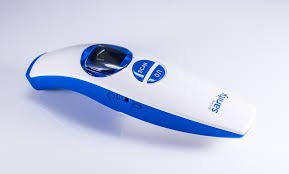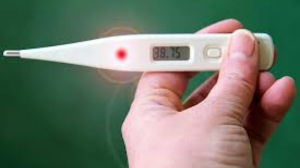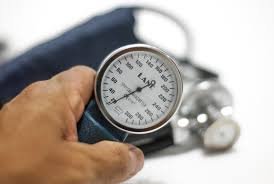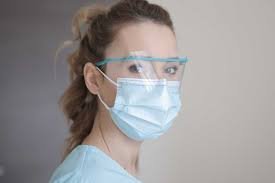Digital thermometers measure temperature using electronic sensors, such as thermistors or infrared detectors, which convert heat into electrical signals displayed on a digital screen. They provide quick, accurate readings and are safer than mercury thermometers, which contain toxic liquid and can break easily. Digital thermometers also offer additional features like memory recall, fever alarms, and waterproof designs. Their ease of use, faster response time, and environmental safety make them a preferred choice in medical, industrial, and household applications.
Digital thermometers also offer additional features like memory recall, fever alarms, and waterproof designs. Their ease of use, faster response time, and environmental safety make them a preferred choice in medical, industrial, and household applications.Yes, it is a press, certainly, but a press from which shall flow in inexhaustible streams, the most abundant and most marvelous liquor that has ever flowed to relieve the thirst of men!
Digital thermometers measure temperature using electronic sensors, such as thermistors or infrared detectors, which convert heat into electrical signals displayed on a digital screen. They provide quick, accurate readings and are safer than mercury thermometers, which contain toxic liquid and can break easily. Digital thermometers also offer additional features like memory recall, fever alarms, and waterproof designs. Their ease of use, faster response time, and environmental safety make them a preferred choice in medical, industrial, and household applications.


















